Projects
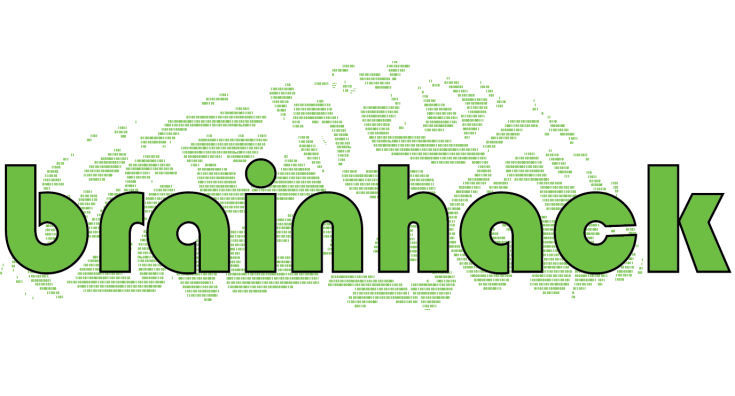
Interested in submitting a project?
There is still time to submit a project!

Baby Steps Towards De-Sci (Decentralized Science) with Datalad + git annex + IPFS (Interplanetary File Storage System)
A substantial barrier to open science practice is the sharing and accessibility of datasets. Often datasets are stored in a …

Bayesian Hierarchical Microstructure Modelling in the Brain
AIM: Implement a hierarchical Bayesian fitting procedure for a range of brain microstructural models.
Typically microstructural …

Brainhack Proceedings – an open & free journal for Brainhack project outcomes
We are building the Brainhack Proceedings Journal – an open free publishing platform for the community to publish Brainhack …

CleanBibImpact: Do papers with a Citation Diversity Statement have more diverse citations?
Gender imbalance is a big problem in academic research, and it is even reflected in our citation behavior. Our goal is to assess …

Development of the SLAM -Surface anaLysis And Modeling- python package
Slam (https://gauzias.github.io/slam/) is an open source python package dedicated to the representation of neuroanatomical …

eCobidas: because methods writing is too important (and boring) to let humans do it!
The main aim of this project is to improve reporting methods and results in neuroimaging (f/MRI, i/EEG, MEG, PET…) in order …

Fantastic measures and how to repeat them: tractography-based test retest reproducibility of microstructural MRI
The goal of our project is to investigate novel approaches to assess repeatability and reproducibility in MRI research. As ‘open …

Implementation of soma and neurite density imaging (SANDI) in the accelerated microstructure imaging via convex optimization (AMICO) framework
AIM
The aim of the project is to implement an algorithm for fast and robust fitting of complex microstructure imaging methods, …

Make Brainhack Accessible WorldWide: Translation of Brainhack Glossary into Different Languages
The project aims to bring together Brainhack and Open Science terminologies together in one glossary to help the newcomers to …
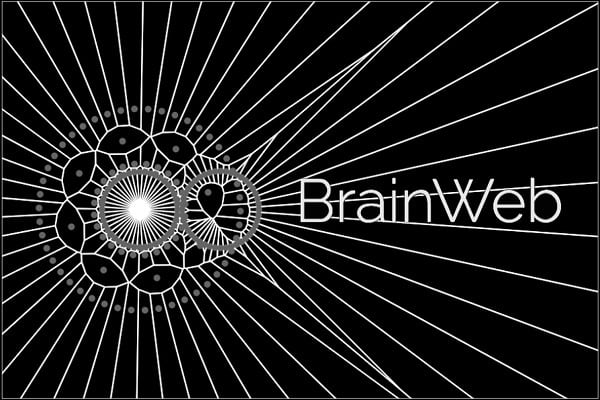
Making Of BrainWeb
BrainWeb is a permanent virtual space for online collaborations on projects related to neuroscience. Inspired by initiatives such …

Matplotlib surface plotting
There are lots of nice tools to plot brain meshes in python, but many come with dependencies that can be tricky to install. This …

Microstructural variations on a theme: a bottom-up approach to diffusion models
The goal of this project is to quantify in practical terms the differences between different microstructural models focusing on …

NeuroDesk - A flexible, scalable, and easy to use data analysis environment for reproducible neuroimaging
Installing neuroimaging software is hard. Running neuroimaging software on Windows, Mac and HPCs is difficult. Moving analyses …

OpenMentalizing: leveraging open neurological data for uncovering the differences in mentalizing/empathy capabilities
Mentalizing is a higher cognitive ability that is vital for the social life of an individual. New brain imaging techniques have …

Optimization and GPU porting of information flow implementation
Frites is a recent pure Python package (https://github.com/brainets/frites) to analyse neurophysiological data within the …

physiopy/phys2bids use-case documentation
My goal is to build protocol-like documentation for phys2bids, a tool for automatic segmentation and conversion of physiological …
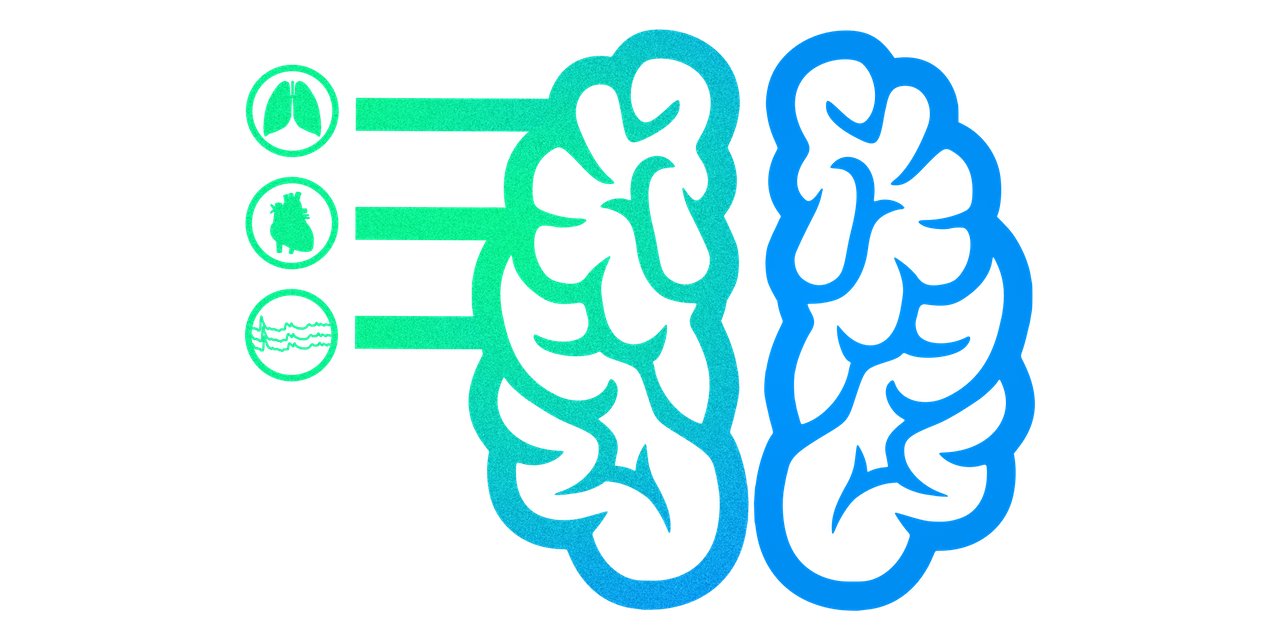
Physiopy/phys2bids: Tackling good first issues
The aim of this project is to address some issues in phys2bids. Specifically, we’d like to address some good first issues, …

Physiopy/phys2denoise: Automated pipeline to create BIDS-formatted physiological regressors for neuroimaging denoising
The aim of this project is to restart the development of physiopy/phys2denoise, an automated pipeline to create BIDS-formatted …

Prediction of Personality using Diffusion MRI Local Connectome Fingerprints
Local connectome fingerprints (LCF) are voxel-based metrics derived from diffusion MRI to provide a subject-specific …
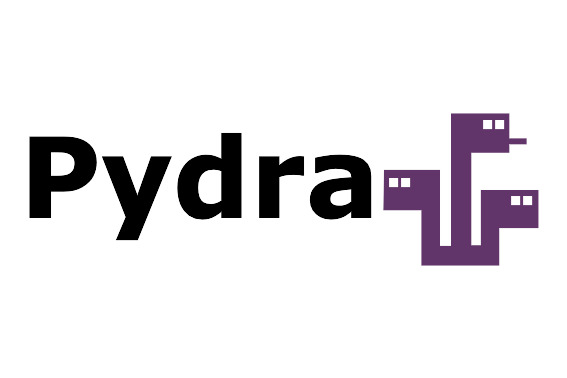
Pydesperate times call for Pydrastic measures
Nipype is a Python library that provides a uniform interface to existing neuroimaging software and facilitates interaction between …

Standardized denoising strategies with fMRIprep
abels There are many strategies that have been proposed in the literature to denoise fMRI time series, and fMRIprep implements …

Task-based connectivity analysis for functional NIRS data
The aim of this project is to learn, comprehend and implement implement two types of task-based connectivity analyses for …
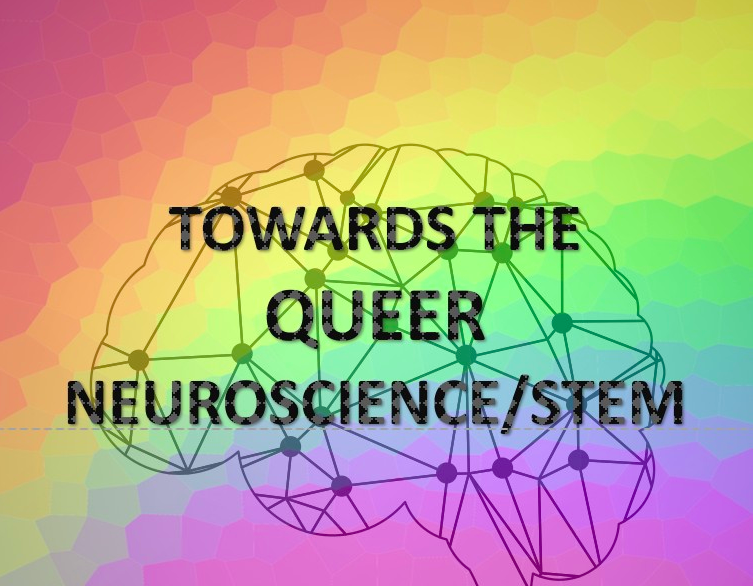
Towards the Queer Neuroscience&STEM
Towards the Queer Neuroscience & STEM is a project inspired by Queer Theory and Being Queer in Academia Unconference at …
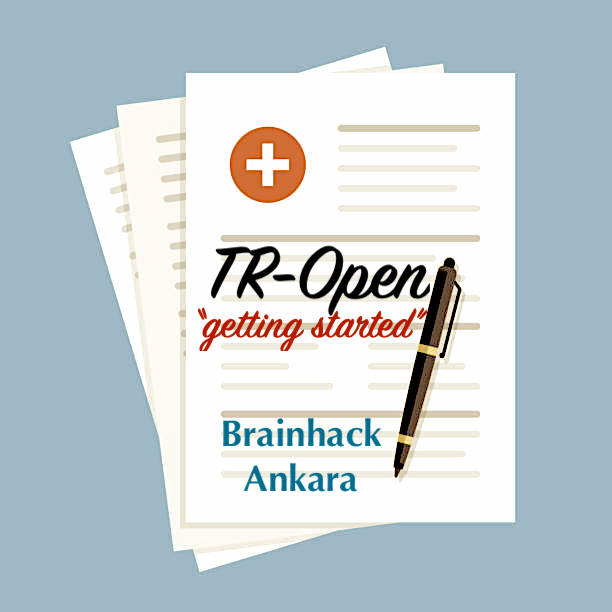
TR-OPEN “Getting Started”, Introducing Open Ethical Committee Permissions as an early first step of Open Science
Brainhack Ankara Project For Introducing Open Ethical Committee Permissions as an introductory step of open science. Goal is to …

Try BioImage Suite Web, a modern and powerful software for neuroscience
BioImage Suite Web (BISWeb) is a point-and-click app that runs in any modern web browser without any installation necessary, yet …

Try Data Carpentry Neuroimaging Project
A group of us have been building a set of BIDS/neuroimaging curriculum for the carpentries. The lessons cover intro to …

What to do with sh***y (clinical) data? How to apply your perfect estimator/model/method to data that contains outliers?
1 Aim: Modify existing brain structure modeling algorithms and estimators to adjust for outliers in the measurements to enable …



